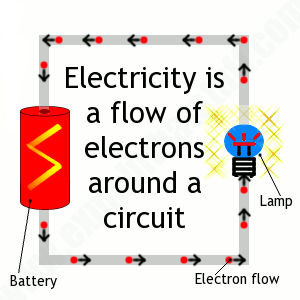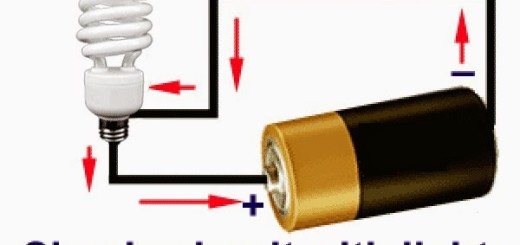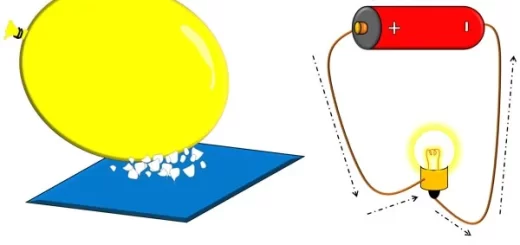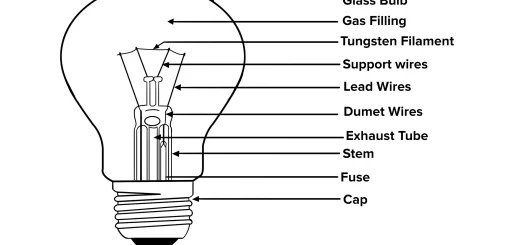Types of electric resistance (The resistor) and Ohm’s law
The electric resistance (The resistor)
The electric current faces an obstruction (resistance) when it passes through a conductor which affects its intensity, The electric resistance is the opposition that the electric current faces during its passing through a conductor, The apparatus used in measuring the electric resistance is called the Ohmmeter.
The measuring unit of the electric resistance is the Ohm, The ohm is the resistance between two points of the conductor when the constant potential difference of 1 volt applied to these points, It produces the current of 1 ampere in the conductor, Types of electric resistance are the constant (fixed) resistance, and the variable resistance (Rheostat).
1 Ohm = 1 volt / 1 Ampere
The variable resistance (Rheostat)
The variable resistance (Rheostat) is the resistance that you can change its value in order to adjust the value of the current intensity and the potential in the different parts of the circuit, It is used to control the electric current intensity flowing through the circuit and the potential difference in the different parts of the circuit.
It consists of a metallic wire of high resistance coiled around a cylinder made of an insulating substance as porcelain, and a thin copper sheet that has a sliding contact (slider) that can be moved along the wire length.
The idea of operation of the rheostat
By sliding the flexible sheet on the wire, we can control the length of the wire that enters the electric circuit, If we increase the length of the wire, the resistance increases and the current intensity decreases, If we decrease the length of the wire, the resistance decreases, and the current intensity increases.
The relation between the current intensity and the potential difference (Ohm’s law)
The German physicist George Simon Ohm who discovered the quantitative properties of the electric current also discovered a law in the electricity that shows the relation between the electric current and the potential difference which is known as after him by Ohm’s law.
Ohm’s law states that the electric current intensity passing through the conductor is directly proportional to the potential difference across it at a constant temperature, So, the mathematical form of Ohm’s law is.
R = V / I
The potential difference (V) is measured in volts, The current intensity (I) is measured in amperes, The resistance (R) is measured in ohms, The potential difference (V) in the circuit is directly proportional to the current intensity (I).
1 Ohm = 1 Volt / 1 Ampere
The resistance of a conductor is known as the ratio between the potential difference across the two ends of the conductor (resistor) and the current intensity passing through it, The ohm is the resistance of the conductor which allows passing the electric current intensity of one ampere when the potential difference between its terminals is one volt.
The ampere is the current intensity passing through a conductor whose resistance is one ohm and the potential difference between its terminals is one volt, The volt is the potential difference across the two terminals of a conductor whose resistance is one ohm and the current intensity passing through it is one ampere.
Electrical current, Potential difference, Electric resistance and Ohm’s law
Resistances connection ( series & parallel ), Electric energy and Electric power




